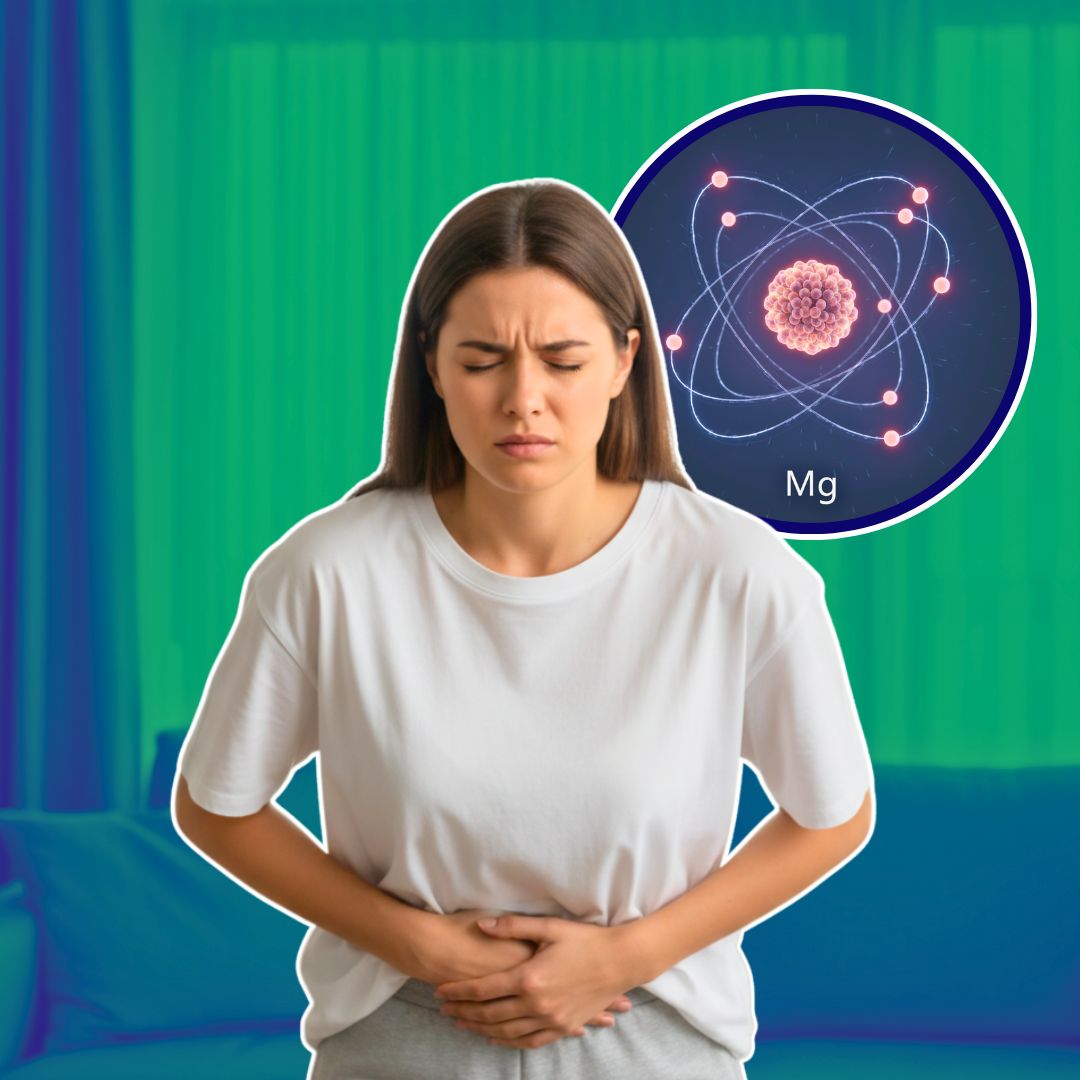Magnesium has garnered significant attention in 2025 as a natural, low-risk option for alleviating menstrual cramps, which affect about half of menstruating people worldwide. Recent studies confirm that magnesium can reduce the severity of pain by relaxing uterine muscles, lowering inflammation, and regulating hormones.
Combined with vitamin B6, it shows enhanced benefits. Experts recommend incorporating magnesium-rich foods and considering supplements while urging individuals with severe pain to seek medical advice.
How Magnesium Eases Menstrual Cramps
Menstrual cramps, or dysmenorrhea, result from the uterus contracting to shed its lining, causing muscle pain and discomfort. Magnesium serves as a natural muscle relaxant, helping to ease these contractions and reduce their intensity. According to Dr. Anjali Mehta, a leading gynaecologist, “Magnesium calms uterine muscles and helps manage period pain more naturally, with fewer side effects than conventional painkillers.”
A 2025 clinical trial with 150 women found that 250 mg of magnesium daily, particularly when combined with 40 mg of vitamin B6, provided significant relief from PMS symptoms and cramping. Magnesium also helps regulate prostaglandins, hormone-like substances that trigger uterine contractions and inflammation. By balancing these prostaglandins, magnesium tackles one of the root causes of menstrual pain rather than merely masking symptoms.
Anti-inflammatory and Hormonal Benefits
Inflammation plays a critical role in aggravating period pain. Magnesium’s anti-inflammatory properties can reduce inflammation associated with uterine contractions, potentially alleviating discomfort. Moreover, magnesium modulates nerve signals that influence how pain is perceived, which may diminish the intensity of cramps.
Hormonal fluctuations of estrogen and progesterone during the menstrual cycle often worsen symptoms such as cramps, mood swings, and migraines. Magnesium may help stabilise these hormones, contributing to eased menstrual discomfort and improved PMS symptoms.
Magnesium-Rich Foods and Supplementation
Experts advocate a food-first approach to increasing magnesium intake. Nutrient-dense foods including leafy greens like spinach and kale, nuts and seeds such as almonds and pumpkin seeds, legumes, whole grains, and even dark chocolate provide natural magnesium. For individuals with dietary deficiencies or higher needs, supplements such as magnesium glycinate – known for its high absorption and tolerability – may be beneficial.
Dr. Salena Zanotti of Cleveland Clinic advises, “Magnesium is generally safe, but start with doses around 150 to 300 mg daily to avoid gastrointestinal side effects like diarrhoea or nausea. Combining magnesium with vitamin B6 might enhance symptom relief.”
When to Consult a Healthcare Professional
While magnesium offers promise in managing mild to moderate menstrual cramps, persistent or severe pain should prompt professional evaluation. Conditions such as endometriosis, fibroids, or adenomyosis can cause debilitating cramps.
The World Health Organization has previously noted magnesium’s essential role in female reproductive health, reinforcing its broader benefits beyond pain management. Initiatives by wellness groups, influencers, and health platforms are also helping spread awareness, bridging long-standing gaps in conversations around menstrual health in India.
Important Precautions Before Using Magnesium
Before starting magnesium supplements, consider these vital points:
- Consult a Healthcare Provider: Always speak to a doctor before supplementing, especially if pregnant, breastfeeding, or taking other medications.
- Dosage Matters: Excessive magnesium-typically above 320 mg daily-can cause digestive upset such as diarrhoea, nausea, or vomiting. Starting at lower doses can prevent these side effects.
- Possible Interactions: Magnesium supplements may interact with certain antibiotics, blood pressure medications, or osteoporosis treatments.
- Underlying Conditions: Severe or persistent cramps may indicate conditions like endometriosis, fibroids, or pelvic inflammatory disease, which require professional evaluation and targeted treatment beyond magnesium.
- Food-First Approach: Favour increasing magnesium intake from natural food sources before turning to supplements.
The Logical Indian’s Perspective
At The Logical Indian, we believe normalising conversations around women’s health is critical in dismantling taboos and fostering inclusive well-being. Magnesium is not a cure-all but represents an important step towards recognising menstruation as a vital public health issue rather than a private discomfort.












